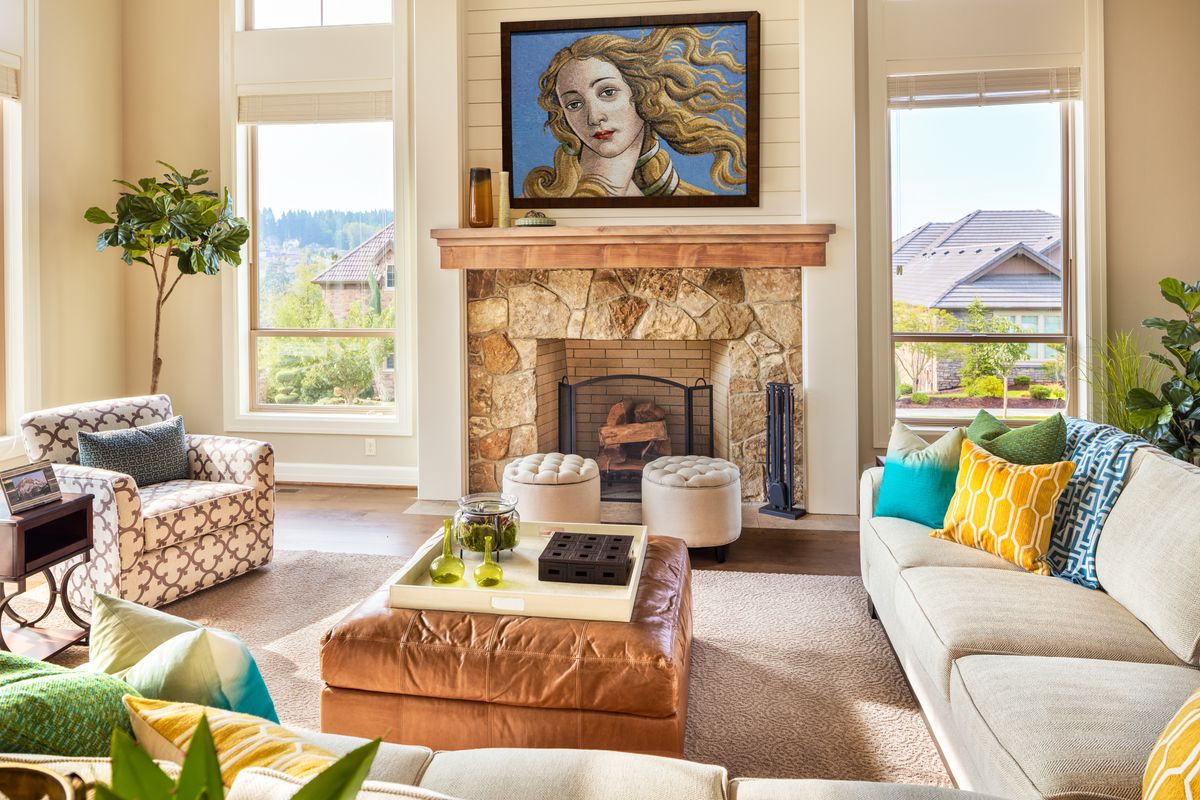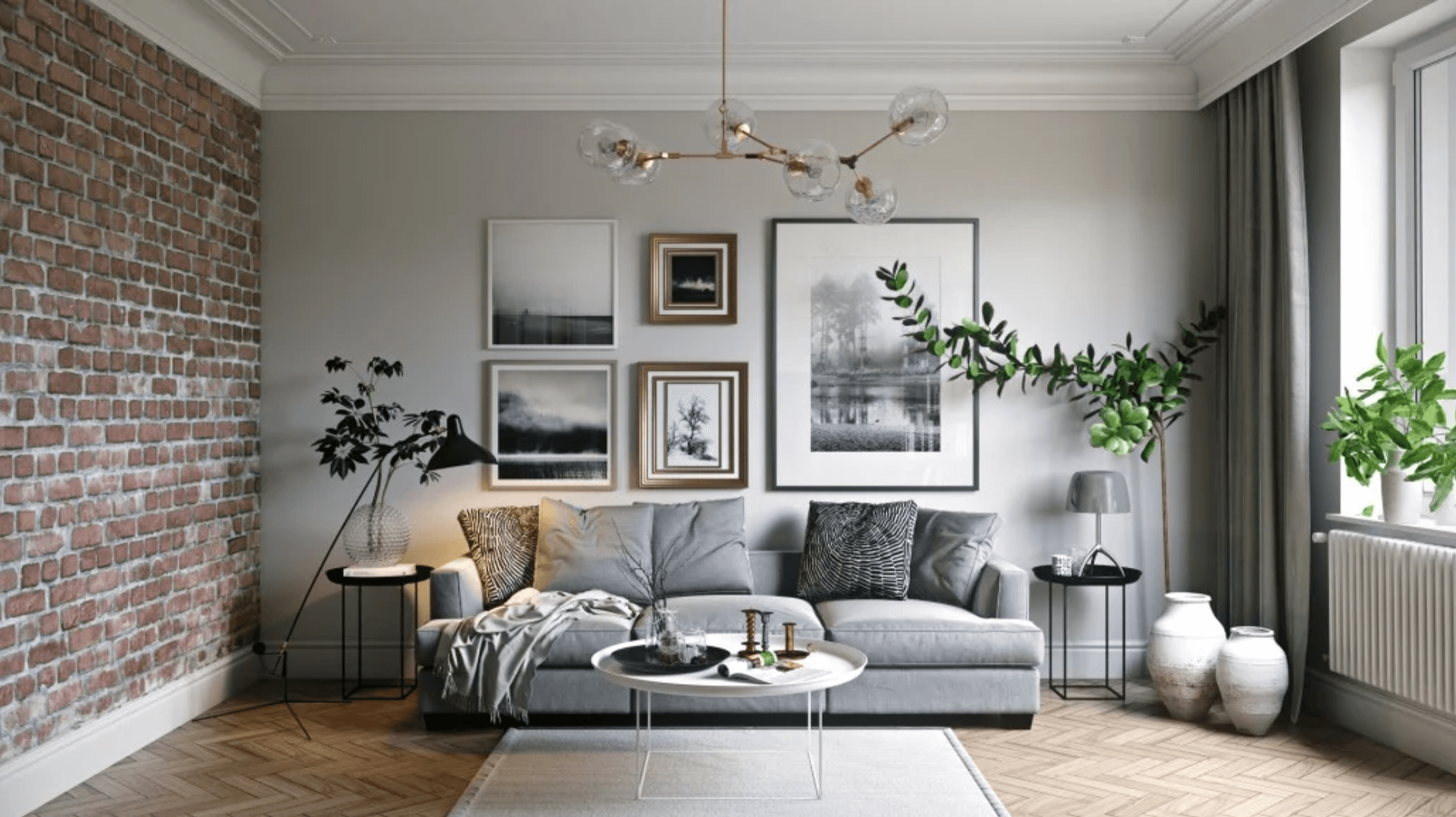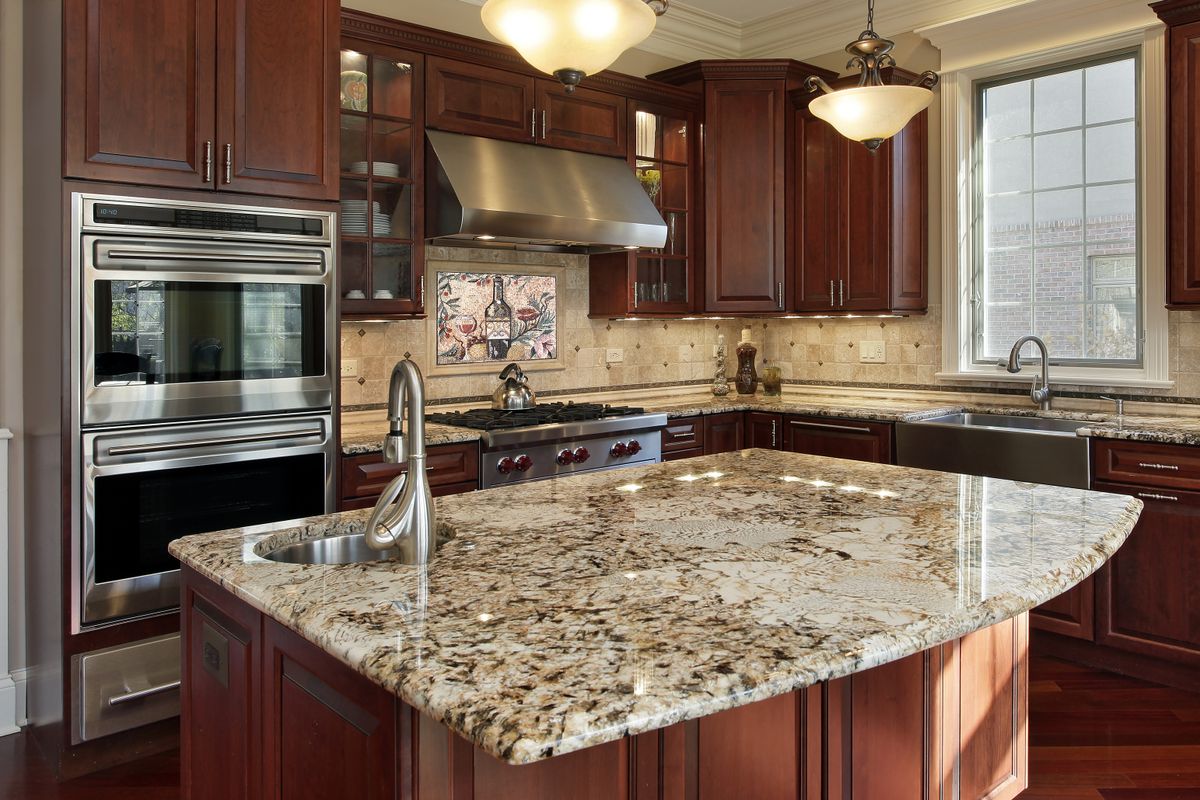Each day, most of us are navigating a fast-paced world, making it increasingly important to find moments of peace and tranquility within the confines of our homes. As we seek out more open, green spaces in our daily lives, the concept of biophilic design has emerged as a powerful solution.
Not only is it appealing for its ability to reconnect people with nature in their living environments, but it can also enhance health, well-being, and overall quality of life. Derived from the term “biophilia,” meaning love of living systems, biophilic design is centered around incorporating elements of nature into the built environment.
The Essence of Biophilic Design

At its core, biophilic design is intended to create spaces that mimic the natural world. This, in turn, is intended to foster a sense of harmony and balance between indoor and outdoor environments. Together, this approach taps into our innate connection to nature and harnesses its therapeutic benefits to promote overall wellness. From lush greenery to organic materials, these principles can be applied in various ways to enrich a space’s ambiance.
Greenery as a Key Element

One of the most prominent features of biophilic design is the integration of living plants and greenery throughout the home. Houseplants not only add a touch of natural beauty but also help improve indoor air quality by filtering out pollutants.
From small plants to vertical gardens covering entire walls, there are countless creative ways to incorporate greenery into interior spaces. Popular indoor plants such as peace lilies, snake plants, and pothos are not only aesthetically pleasing but also easy to care for. These approachable plants make them ideal choices for beginners and experienced gardeners alike.
Maximizing Natural Light and Views

Another fundamental aspect of biophilic design is the use of natural light to connect indoor spaces with the outdoors. Large windows, skylights, and glass doors are some of the best ways to allow daylight to flood into rooms. These options create an inviting atmosphere while reducing the need for artificial lighting.
Positioning furniture to take advantage of exterior views further enhances the connection to the outdoors from within. In addition, natural light has been linked to improved mood, productivity, and sleep quality, making it essential in biophilic design.
Embracing Natural Materials and Textures

Incorporating natural materials and textures into interior design adds depth and character to living spaces while reinforcing the connection to the natural world. Wood, stone, bamboo, and clay are just a few examples of materials that evoke a sense of warmth and authenticity. These materials bring an earthy element to furniture, flooring, and decor.
Textiles made from organic fibers such as cotton, linen, and wool provide comfort, while offering a soothing, sensory experience. When selecting furnishings and finishes, consider products that are sustainably sourced and minimize environmental impact.
Creating Seamless Transitions Between Indoors and Outdoors

Blurring the boundaries between indoor and outdoor spaces is a hallmark of biophilic design, encouraging seamless transitions between the two realms. Incorporating features such as glass walls, sliding doors, and outdoor living areas expand living spaces to engage with nature year-round.
Whether it’s a cozy patio, a sun-drenched terrace, or a tranquil garden retreat, outdoor environments offer opportunities for rejuvenation. By designing homes with easy access to nature, you can foster a deeper connection between yourself and your surroundings.
Enhancing Well-being Through Biophilic Design

Beyond aesthetics, biophilic design has been shown to have measurable benefits for human health and well-being. Exposure to nature can reduce stress, anxiety, and fatigue, while improving creativity.
By incorporating biophilic elements into residential spaces, homeowners can create environments that promote physical and mental wellness for themselves and their families. Whether it’s a lush indoor garden, a sunlit reading nook, or a soothing water feature, each design choice contributes to a harmonious and nurturing living environment.
Practical Tips for Implementing Biophilic Design at Home

1. Start Small: Begin by adding a few houseplants to your home and gradually expand your greenery collection over time.
2. Maximize Natural Light: Position furniture to take advantage of natural light sources and consider installing skylights or light tubes to bring daylight into darker areas.
3. Incorporate Natural Elements: Integrate natural materials such as wood, stone, and water into your decor to create a sense of connection to the outdoors.
4. Create Outdoor Living Spaces: Design outdoor areas for relaxation and recreation, incorporating features such as seating, lighting, and landscaping to enhance usability and enjoyment.
5. Personalize Your Space: Tailor biophilic design elements to suit your preferences and lifestyle, whether it’s a cozy workspace, a sunny breakfast nook, or a tranquil meditation spot.
The Versatility of Biophilic Design

Incorporating biophilic design principles into your home offers a holistic approach to interior design that promotes health, happiness, and harmony. By embracing greenery, natural light, and organic materials, homeowners can create environments that nourish the body, mind, and spirit.
Whether you live in a city or the countryside, biophilic design can create spaces that connect us to the world. So why not bring the outdoors in and embark on a journey of biophilic living today?







